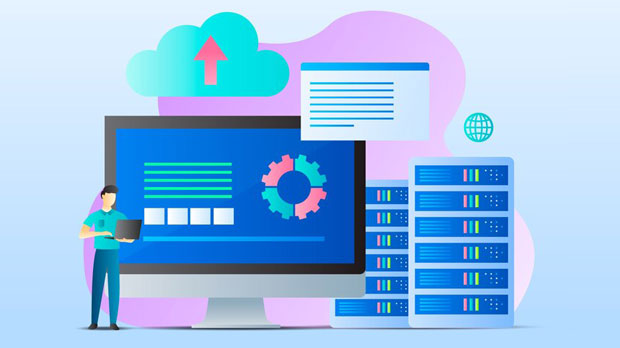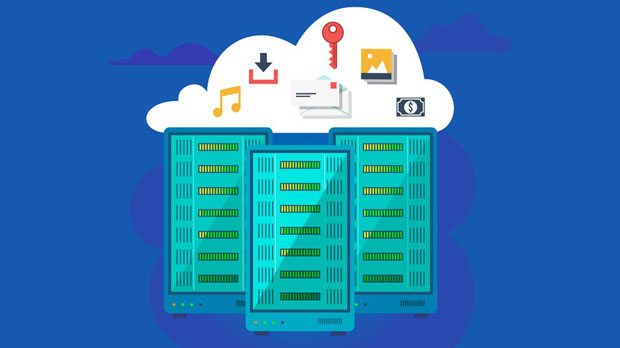In today's increasingly connected world, securing your web traffic and optimizing performance are crucial tasks. One of the most effective ways to achieve both is by using proxies, particularly in HTTP mode. A proxy server acts as an intermediary between the client and the destination server, offering benefits such as anonymity, security, and caching. Configuring the best proxy for HTTP mode ensures that your system remains secure while optimizing speed and reliability. This article will provide a detailed overview of best practices for configuring proxies in HTTP mode, including essential considerations for choosing the right proxy, optimizing configurations, and troubleshooting common issues. Understanding HTTP ProxiesBefore diving into the best practices, it is essential to understand how HTTP proxies work and why they are crucial in various networking environments. HTTP proxies handle requests from client applications and forward them to the target web servers. The server responds, and the proxy relays this information back to the client. This process ensures that the client’s IP address remains hidden, improving privacy and security.By intercepting the communication between the client and the web server, proxies offer several key benefits:1. Privacy and Anonymity: Proxies mask the client’s IP address, enhancing privacy and preventing the destination server from identifying the user’s location and identity.2. Traffic Control and Filtering: Proxies can filter content, block access to harmful websites, and control the traffic flow, ensuring secure communication.3. Caching for Speed: Proxies can cache frequently accessed resources, reducing load times and improving overall performance.4. Bypassing Restrictions: Proxies help users bypass regional restrictions, censorship, and firewalls by routing traffic through servers in different locations.Understanding these core functions will allow for better decision-making when configuring an HTTP proxy.Choosing the Right Proxy for HTTP ModeThe first step in configuring the best HTTP proxy is selecting the appropriate type of proxy for your needs. There are several different kinds of proxies, each suited for specific tasks. Here are some common options:1. Forward Proxies: These are the most commonly used type of proxies. A forward proxy sits between the client and the server, forwarding requests and responses on behalf of the client. 2. Reverse Proxies: Used by web servers, reverse proxies handle incoming requests on behalf of the server, usually for load balancing or security purposes. They are particularly beneficial for distributing traffic across multiple servers.3. Transparent Proxies: These proxies do not modify the request or response, allowing the client to be unaware of their presence. They are typically used for caching or content filtering.4. Anonymous Proxies: These proxies aim to hide the user's identity and IP address, providing better privacy but not complete anonymity.Choosing the right proxy depends on several factors, including the level of privacy needed, the network environment, and the required performance. It’s essential to evaluate the specific needs of your system before proceeding with the configuration.Optimizing Proxy Configurations for HTTP ModeOnce you have selected the appropriate proxy, it is time to configure it for optimal performance and security. Here are some key practices to consider:1. Use Secure Protocols (HTTPS): While HTTP proxies can be useful, it is recommended to use HTTPS proxies whenever possible. This ensures that the traffic between the client and the proxy server is encrypted, preventing eavesdropping and man-in-the-middle attacks.2. Configure Cache Properly: One of the key advantages of using proxies in HTTP mode is caching. Proxies can store responses from web servers to reduce latency for subsequent requests. To optimize cache usage, configure the proxy to cache the most frequently accessed resources while avoiding unnecessary caching of dynamic content.3. Set Timeouts and Limits: It’s essential to set appropriate timeouts and rate limits to avoid overwhelming the proxy server. This ensures that the proxy can handle requests efficiently without crashing or slowing down the network.4. Use Authentication Mechanisms: To enhance security, configure the proxy server to require authentication for access. This prevents unauthorized users from utilizing the proxy and ensures that sensitive data remains secure.5. Enable Logging and Monitoring: Regular monitoring of proxy traffic can help identify potential issues, such as high latencies or security vulnerabilities. Enable logging to track requests and responses for troubleshooting and auditing purposes.Managing Proxy SecurityThe security of your proxy configuration is one of the most critical aspects to consider. Without proper security measures, proxies can become vulnerable to attacks, such as DDoS attacks, data leaks, or unauthorized access. To manage proxy security effectively, follow these best practices:1. Implement Access Control: Limit who can access the proxy by implementing IP filtering or requiring specific authentication credentials. Only authorized users should be able to send requests through the proxy server.2. Encrypt Communication: Use SSL/TLS encryption to ensure that the data sent between the client, proxy, and web server is protected from eavesdropping. This is especially important when handling sensitive or private information.3. Update Software Regularly: Ensure that your proxy software is always up to date with the latest security patches. Vulnerabilities in proxy software can be exploited, leading to potential breaches or performance issues.4. Limit Exposure to the Internet: Keep the proxy server behind a firewall or VPN to reduce exposure to direct internet traffic. This helps mitigate the risk of external attacks.5. Use Anti-DDoS Measures: If your proxy serves a large number of requests, implement anti-DDoS protection to avoid being overwhelmed by traffic spikes. Consider using a content delivery network (CDN) or a cloud-based proxy service with DDoS protection.Common Proxy Configuration Issues and TroubleshootingDespite best efforts, there are times when proxy configurations may face issues. Here are some common problems and their solutions:1. Slow Performance: If the proxy is slowing down web browsing, it could be due to insufficient hardware, misconfigured caching settings, or network congestion. Optimize the proxy’s cache and hardware resources to improve performance.2. Authentication Failures: If users are having trouble authenticating with the proxy, check the authentication configuration and ensure that the correct credentials are in use. Verify the authentication method (e.g., HTTP Basic Auth or Digest Auth) is configured correctly.3. Proxy Failures or Downtime: If the proxy server is frequently going down, it could be caused by insufficient resources or a high number of requests. Monitor the proxy’s traffic and server load to identify bottlenecks or hardware limitations.4. Content Not Being Cached: If dynamic content is being cached improperly, adjust the cache configuration to ensure that only static content is stored. Dynamic content should be excluded from caching to avoid outdated or incorrect data.5. Security Issues: If the proxy is not secure, it could be due to outdated software or misconfigured settings. Regularly update software, implement strong encryption, and review security protocols to prevent breaches.Configuring the best proxy in HTTP mode involves selecting the right type of proxy, optimizing its performance, securing the connection, and troubleshooting common issues. By following the best practices outlined in this article, you can ensure that your HTTP proxy setup is both efficient and secure. Whether you're looking to improve privacy, control traffic, or speed up content delivery, a properly configured proxy can make a significant difference in your network’s performance and security.
Jun 19, 2025



































































